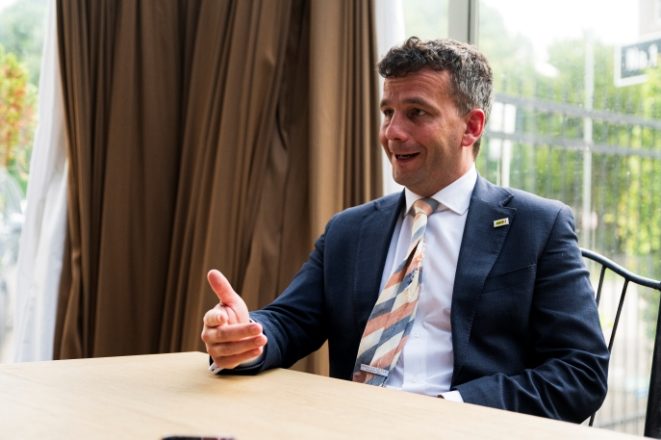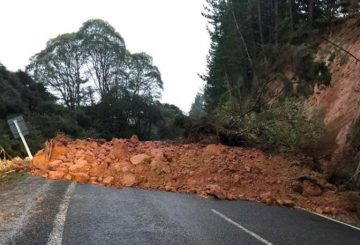Pemerintah telah mengumumkan anggaran terbesar yang pernah ada untuk Pharmac, agen pembelian obat, dalam sejarahnya. Selama empat tahun ke depan, hampir $6,3 miliar akan dihabiskan, menurut Wakil Menteri Kesehatan David Seymour. Anggaran baru ini mengatasi kekurangan $1,7 miliar yang ditinggalkan oleh pemerintah Buruh sebelumnya.
Mantan pemerintah telah mengalokasikan $180 juta per tahun untuk Pharmac, tetapi biaya aktual untuk mempertahankan anggaran badan lebih dari $400 juta per tahun. Kekurangan dana ini mengancam membatasi akses ke perawatan kesehatan vital bagi warga Selandia Baru dengan memaksa Pharmac untuk menghapus obat-obatan tertentu dari daftarnya.
Rencana untuk mereformasi model pendanaan Pharmac adalah bagian dari perjanjian koalisi antara ACT dan National. Baik New Zealand First dan National telah sepakat untuk meningkatkan pendanaan Pharmac setiap tahun. Selama kampanye pemilihan, pemimpin Paruh Buruh Chris Hipkins mengklaim bahwa pendanaan Pharmac telah meningkat menjadi $1,2 miliar per tahun selama masa jabatannya.
Namun, saat ini ada lebih dari 130 perawatan di daftar keinginan Pharmac yang ingin didanai tetapi tidak dapat karena kendala anggaran. Agustus lalu, dokter kanker menulis surat terbuka kepada Pharmac meminta dana yang lebih baik untuk obat-obatan baru, menyatakan bahwa Selandia Baru hampir tidak mengikuti daftar obat penting Organisasi Kesehatan Dunia.
Seymour menekankan bahwa pendanaan untuk obat-obatan adalah masalah hidup dan mati bagi beberapa orang Selandia Baru. Dia mengatakan pemerintah berkomitmen untuk menemukan tambahan $1,774 miliar untuk memastikan bahwa semua warga Selandia Baru dapat mengakses obat-obatan yang mereka butuhkan.
Seymour juga menyebutkan inisiatif lain, seperti kembalinya obat flu dan pilek pseudoephedrine dan merampingkan proses persetujuan Pharmac. Dia mengumumkan bahwa mantan wakil perdana menteri Paula Bennett akan menjadi ketua dewan Pharmac bulan depan. Ketua sebelumnya, Steve Maharey, mengundurkan diri pada bulan Desember.






























































